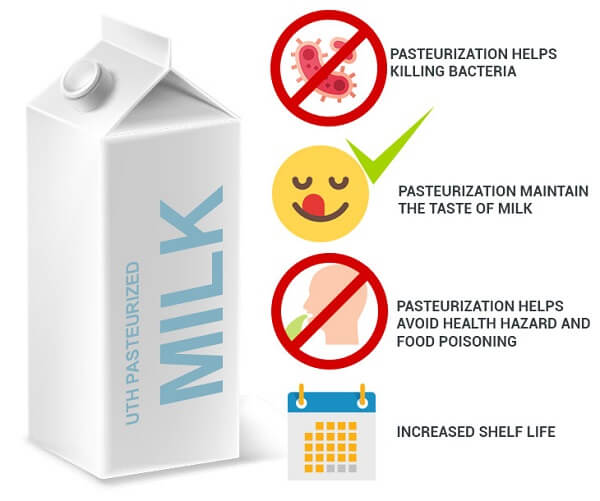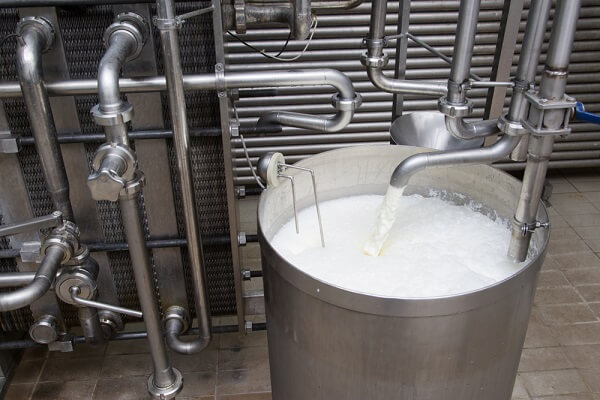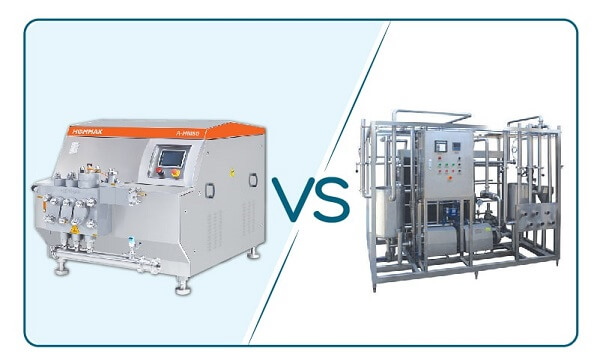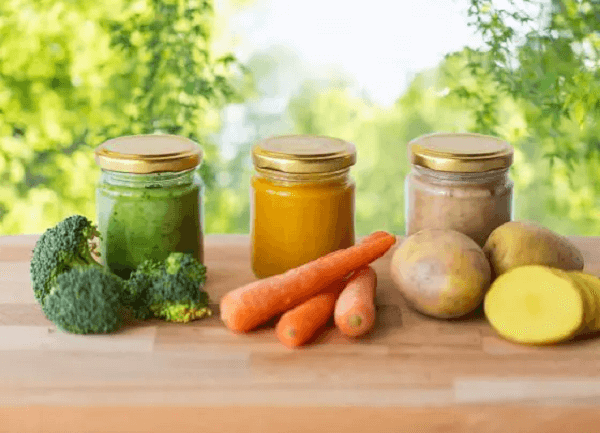Pasteurization DefinitionDrinking many days old liquids, such as milk, juice, or even water, put people at risk for serious disease or even death as late as the eighteenth century. In comparison, modern beverages have a lengthy shelf life because of the pasteurization procedure, which the French scientist Louis Pasteur developed in the nineteenth century. Pasteurization: What Is It?
Salmonella and other disease-causing germs are removed from food items (such as juice and dairy products) by pasteurization, which involves moderate heating. By doing this, these products become safe to eat. Food that has not been pasteurized, like raw milk, may also be safe to eat, although usually for a shorter time than items that have been pasteurized. Throughout the dairy business, pasteurization has changed food safety. For all interstate dairy transactions, the U.S. Food and Drug Administration (FDA) has required the pasteurization of milk since 1973. Nearly all milk products on the market today have undergone pasteurization. How Did Pasteurization Become Popular?Louis Pasteur, a French scientist, demonstrated the antibacterial properties of warmed wine in various experiments in 1864. Pasteur successfully eliminated any dangerous germs that could have been present in freshly created wine by heating it to a temperature of around 60 C (140 F). Also, he turned off several enzymes that hasten food degradation. History has several more examples of wine being exposed to hot conditions before Pasteur, mostly to increase the wine's shelf life. Chinese artifacts from the 12th century and Japanese artifacts from the 15th through the 17th century also include examples of these techniques in writing. 
What Happens During Pasteurization?The German scientist Franz von Soxhlet advocated pasteurizing milk in 1886, while Louis Pasteur experimented with wine. Milton Rosenau, a public health officer in the United States, set guidelines for low-temperature pasteurization by 1912, moderate prescribing heating at 60 C (140 F) for 20 minutes. Depending on the chemical composition of the pasteurized food, pasteurization timeframes, and temperatures vary, although seldom does pasteurization need for heating a foodstuff over 100 C. Nevertheless, milk is heated to 135 C during ultra-high-temperature (UHT) pasteurization, although for just two to five seconds. This brief exposure to intense heat kills all bacterial spores in dairy products. Ultra-pasteurized refers to the heat treatment that UHT gives to dairy products. Many brands of organic milk are included in this. What Are the Differences Between Milk Homogenization and Pasteurization?In manufacturing milk, homogenization and pasteurization frequently go hand in hand. However, they differ greatly from one another: 
A container of milk's fat globules is distributed equally thanks to homogenization. High pressure is used to push milk through strainers. Yet, it does not entail heating milk like pasteurization does. In a two-step procedure, homogenization is always followed by pasteurization. It entails quickly increasing the homogenized liquid's temperature to a high level. What Are Pasteurization's Advantages?
The advantages of pasteurizing liquids are many. They consist of the following:
Drawbacks of Pasteurization:
Top 4 Milk Pasteurization ProcessesWe are all aware of milk's positive effects on our health since it has been practically ingrained in us since we were small. But have you ever considered the risks that improperly handled milk can present? Milk is abundant, fresh, accessible, and safe to consume, thanks to dairy farmers worldwide. Before being placed in supermarkets, milk must be pasteurized to protect public health. Pasteurization is the process of rapidly heating something and then rapidly chilling it. Milk is pasteurized to eliminate 99.9% of pathogenic germs and to increase shelf life to 16-21 days after packaging. 1. Short Duration at High TemperatureHigh-Temperature Short-Time Pasteurization is the most used pasteurization technique in the United States (HTST). The milk must be heated to at least 161 °F (71 °C) for at least 15 seconds or 145 °F (62 °C) for at least 30 minutes, using metal plates and hot water, and then it must be quickly cooled. 2. The shorter time, higher heatHigher Heat Shorter Time (HHST) pasteurization employs somewhat different machinery and higher temperatures for a shorter period than HTST pasteurization. Milk can be heated using HHST for the prescribed amount of time at any temperature between 191 °F (89 °C) and 212 °F (100 °C) (see chart below). 3. Incredibly high temperaturesUltra High-Temperature Pasteurization is yet another well-liked technique (UHT). Aseptically put the milk into hermetically sealed containers while it is heated using commercially sterile equipment. The milk must be immediately cooled down after being heated to 280 °F (138 °C) for at least two seconds. UHT extends the shelf life and kills more good and harmful germs. Once opened, UHT milk does not require refrigeration and has a shelf life of at least six months. 4. Pasteurized to the extremeUltra Pasteurized (UP) milk, which should not be confused with UHT, is heated using commercially sterile equipment, but it is not regarded as sterile since it is not hermetically sealed. Milk is swiftly cooled down after being heated to 280 °F (138 °C) for at least two seconds. The milk must be kept in the refrigerator since it is not hermetically sealed and has an average shelf life of 30 to 90 days. The ConclusionIn conclusion, pasteurization achieved and sustained a high level of hygienic-sanitary quality throughout time; storage at freezing or refrigeration temperatures did not affect the product's overall composition or the nutritional quality of the fat.
Next TopicPersonification Definition
|
 For Videos Join Our Youtube Channel: Join Now
For Videos Join Our Youtube Channel: Join Now
Feedback
- Send your Feedback to [email protected]
Help Others, Please Share










